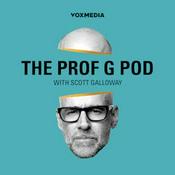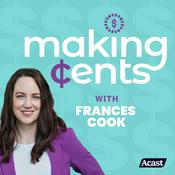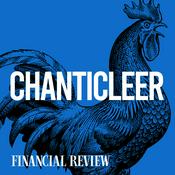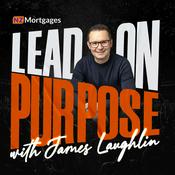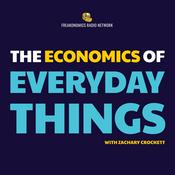127 episodes
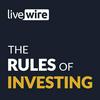
4 property market hotspots and 2 big ideas to fix affordability
15/12/2025 | 20 mins.
Property experts Nerida Conisbee and Kiril Ruvinsky unpack what is driving the market and share their bold predictions for 2026.

Closing out 2025 and dropping a few bonus episodes along the way
11/12/2025 | 0 mins.
The Rules of Investing has wrapped for 2025. Thanks for tuning in; we’ve loved bringing you the conversations and insights that shaped markets this year. We have a few bonus episodes coming out over the next couple of weeks and we’ll return to regular programming in 2026. Enjoy the holiday break and all the best for the year ahead.

Michael O'Neill's 5 key ASX dividend picks and the outlook for income in 2026
05/12/2025 | 35 mins.
The ASX’s headline yield has slipped, but dividend income is still on offer if investors know where to look. In this episode of The Rules of Investing, IML’s Dr Michael O’Neill explains the dividend outlook, shares five ASX income picks, and outlines the mistake investors are making on rates and valuation risk. *Correction - in the podcast Michael mistakenly said the yield on CSL is 4% when it is actually closer to 3% based on 1-year forward estimates from brokers.

The playbook behind Plato’s 25 percent returns
21/11/2025 | 39 mins.
Dr David Allen from Plato Investment Management joins the show to unpack the systematic engine behind his fund’s 25 percent annual returns, how red flags reveal stocks set to fall, and the global themes he believes will drive markets over the next decade.

Chris Prunty: The 4 small caps heading for ‘Hall of Fame’ status
07/11/2025 | 38 mins.
QVG Capital’s Chris Prunty joins the Rules of Investing to unpack what makes the great companies great. He shares the three traits found in Australia’s “Hall of Fame” stocks, reveals four small caps he believes could follow in their footsteps, and explains why QVG is backing Hub24 over Netwealth in the battle of the investment platforms.
More Business podcasts
Trending Business podcasts
About The Rules of Investing
Listen to The Rules of Investing, The Diary Of A CEO with Steven Bartlett and many other podcasts from around the world with the radio.net app

Get the free radio.net app
- Stations and podcasts to bookmark
- Stream via Wi-Fi or Bluetooth
- Supports Carplay & Android Auto
- Many other app features
Get the free radio.net app
- Stations and podcasts to bookmark
- Stream via Wi-Fi or Bluetooth
- Supports Carplay & Android Auto
- Many other app features


The Rules of Investing
download the app,
start listening.






